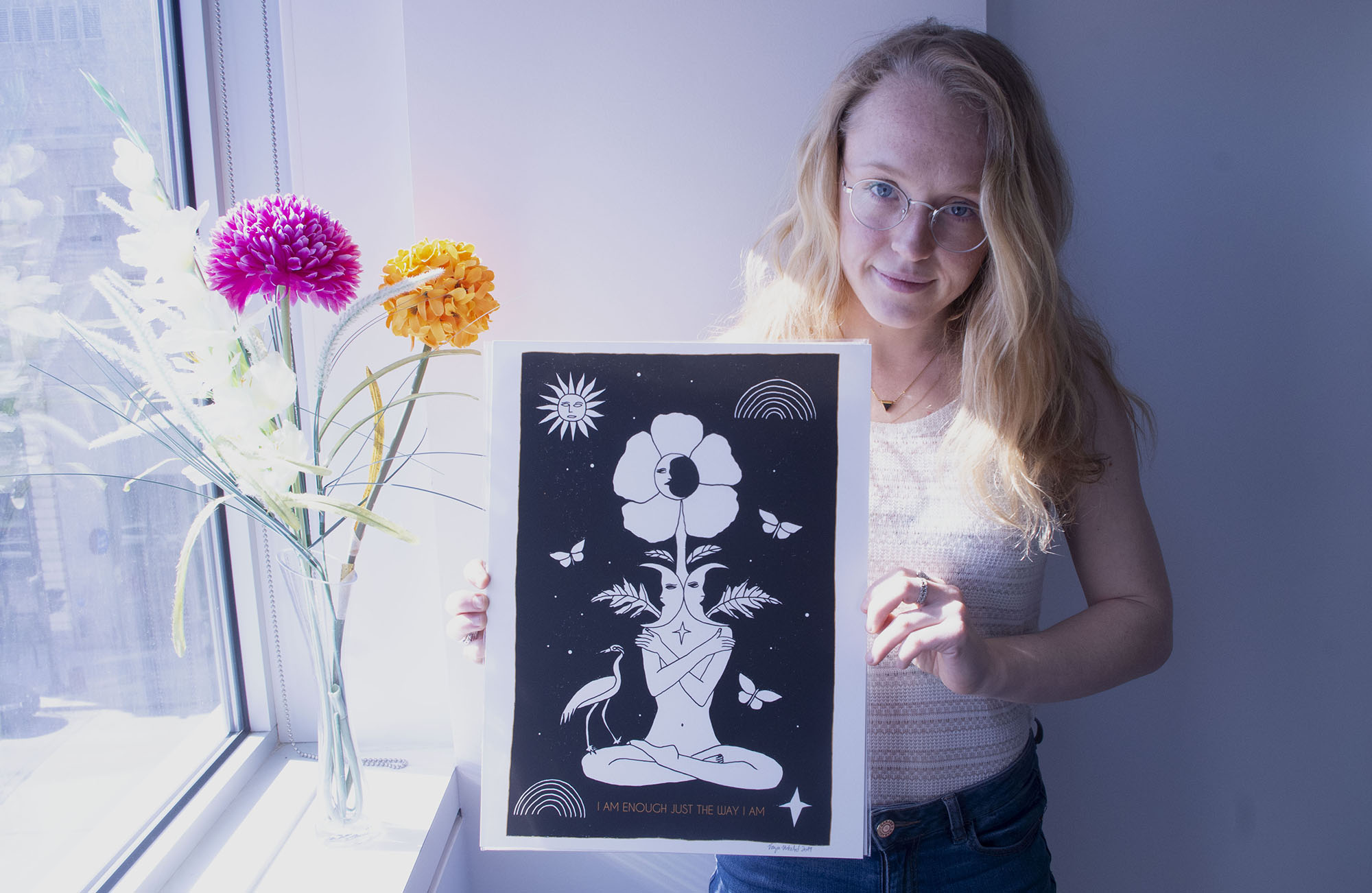Legal clinic helps victims begin complaints process for free
Having recently launched their instructional pamphlet filled with sexual assault resources on March 26, La Clinique juridique pour les survivant(e)s d’actes à caractère sexuel (Clinique de l’AS) is working to support victims of sexual violence and harassment
On a day-to-day basis, the law students of l’Université du Québec à Montréal (UQAM) working at the clinic volunteer to provide the closest thing to legal advice they’re permitted to offer, without being full-fledged lawyers. The Clinique de l’AS team aims to provide a safe space for victims to openly discuss their needs. Members of La Clinique de l’AS take on victims of sexual assault or harassment as clients and guide them on next steps in the judicial process. They offer tools, information and resources that teach them how to take legal action against their assailant or sexual harasser.
This process begins with an assessment of each client to determine their needs, goals and whether they’d like to take legal action. Once the client’s needs have been evaluated, a member of the clinic is assigned to gather information, such as legal documents, previous judgements of a similar nature, financial and mental health support resources, and so forth. This collection of information is compiled into a sexual assault resources report, which is then delivered to the client.
Law student Emmanuelle Charette, who works at the clinic, said “lawyers do this [report] process at first, and they’ll charge the client for this research, so we’re doing this step for them for free.” Law students at the clinic provide clients with court decisions in cases similar to theirs, providing insight into how their case might be handled in court. “It can give people the courage to see ‘Well there’s other cases like mine, so I should go ahead.’”
“It’s hard to know how to research legal decisions when you’re not in law, it all feels like a big puzzle, so this gives them basic, useful information,” said Charette. Reports put together for clients of the clinic are verified and corrected by certified lawyers, and typically include more than just legal information. “We also give other resources, so if someone comes and says they’re not feeling so well [mentally], we also have a lot of resources for other things like mental health and housing,” said Sara Arsenault, a law student who works at the clinic.
Since the clinic’s opening at the beginning of 2018, its team of law students has worked to come up with new ways to spread awareness about sexual violence. They hope to encourage victims of sexual assault and harassment to come forward with their experiences.
The reports offered by the clinic are confidential and free, which makes its services more affordable than legal advice typically offered to victims of sexual assault and harassment. “We provide a better understanding of how things work, some people have trouble distinguishing between the civil law and criminal law,” said law student volunteer Ariane Gourde-Talbot. “Most people think they have to go through the criminal system, which is really intense, and isn’t always the most desirable option.”
On March 26, La Clinique de l’AS organized an arts and poetry night to help promote their new sexual assault resources pamphlet. The clinic brought together artists in the paint, dance, poetry, theatre and music communities to display art and perform at the event, all touching on themes of sexual violence and harassment.
Taking place in a dark room lit by red and purple lights, with blankets and pillows decorating the floors, the event promoted a safe and comfortable space for all. Performances ranged from sexual violence-themed musical performances, to poetry readings and theatrical monologues, and part of the evening consisted of testimony from victims of sexual assault. Over the course of the evening, performances drew upon the emotions of audience members and performers alike.
The team aims to eventually bring their legal knowledge to high schools by offering presentations on topics of sexual violence and consent. “We rarely talk about our rights as people [in high school] and in our society, even if you’re not over 18, you still have civil rights and these are things that we tend to not know about until we’re older, and it’s all closely related to notions of consent, and what you can’t do to others,” said Charette.
La Clinique juridique pour les survivant(e)s d’actes à caractère sexuel is open to all, and students working at the clinic encourage anyone facing sexual harassment or violence to reach out. Make an appointment by phone at (514) 987-6760 or by sending an email to as.cjuqam@gmail.com
